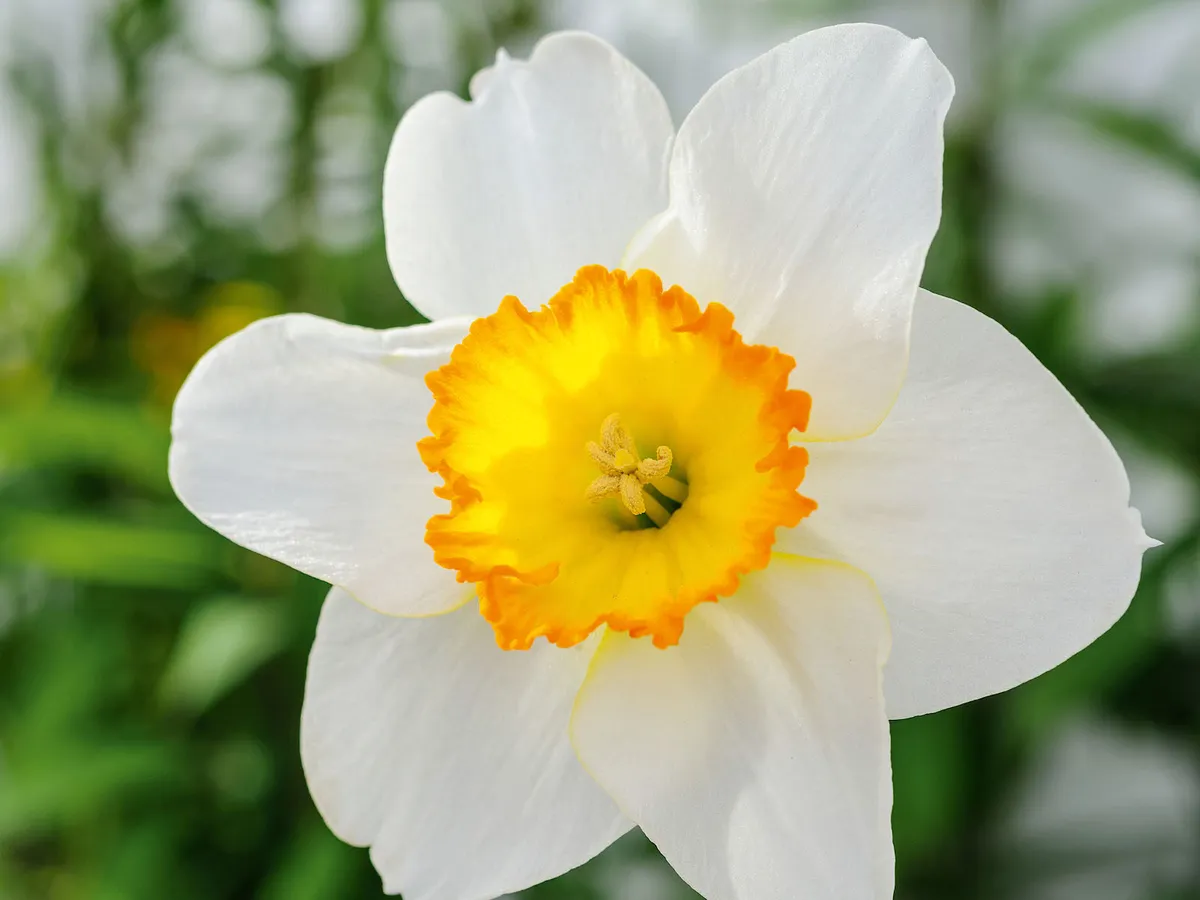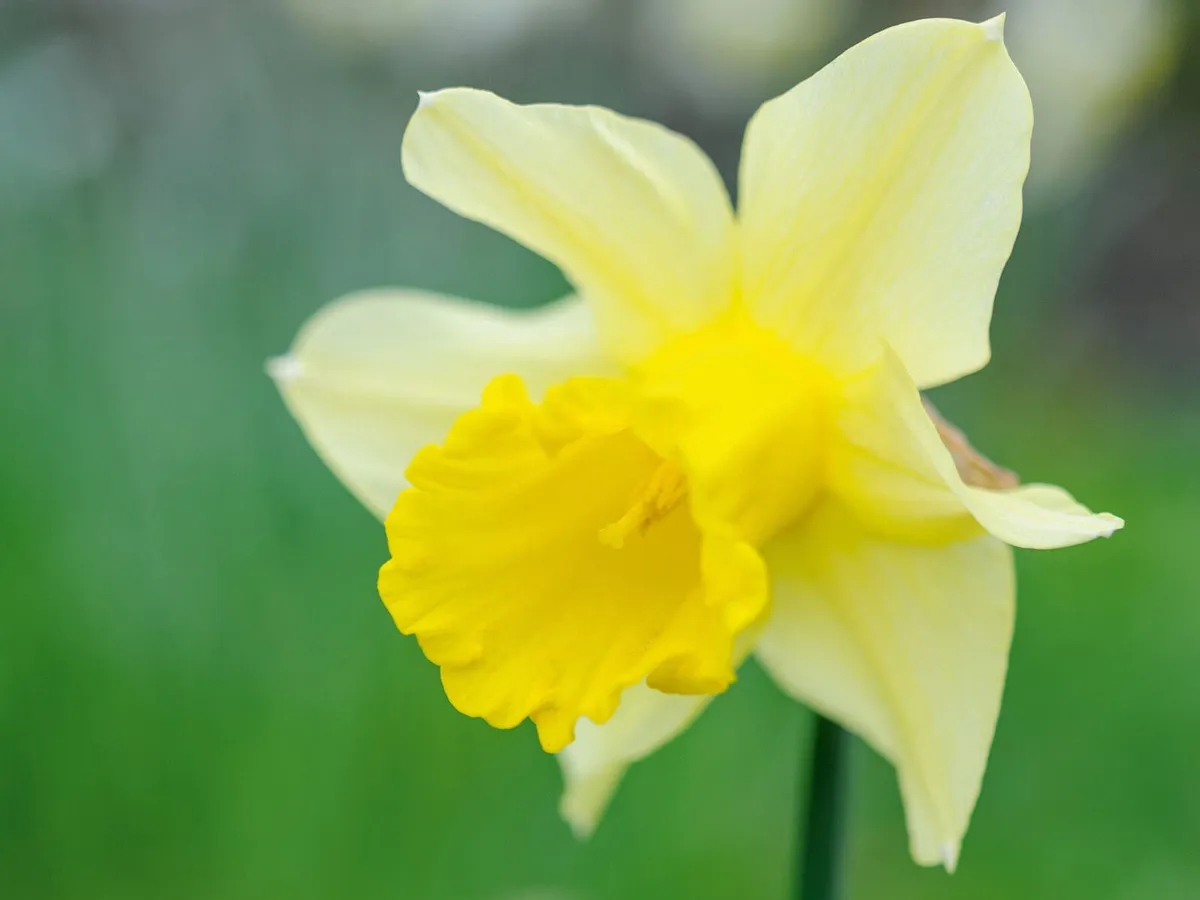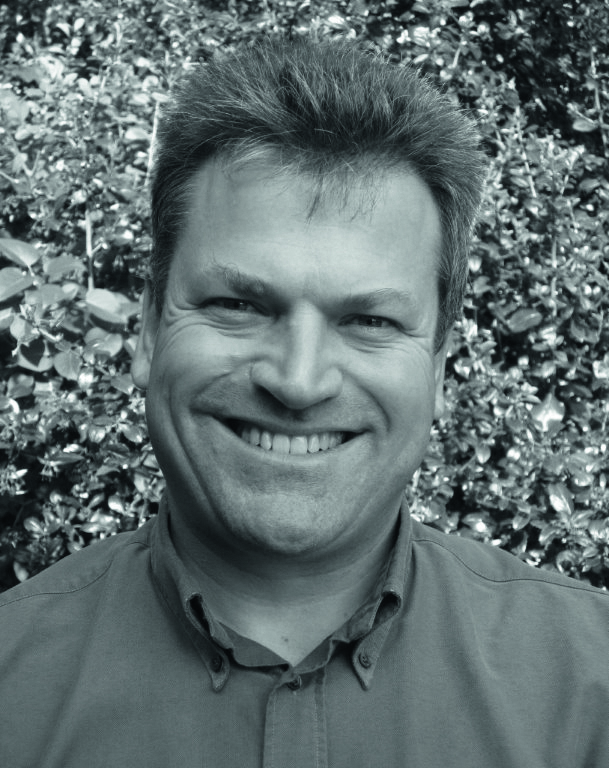"Twelve years ago, my mother said, ‘Someone in the family needs to collect Backhouse bulbs and plants, and record their history before they are lost forever’,” says Caroline Thomson, founder of the Backhouse Heritage Exhibition & Education Centre based at her home in Fife. “At the time I didn’t realise that this would become a lifetime’s work for myself and my husband Andrew.”
Caroline’s mother is Lady Georgina Buchan-Hepburn, a direct descendant of the Quaker Backhouse family, and the plants in need of collecting that have taken over Caroline’s life are the famous Backhouse daffodils bred by three generations of Backhouses, starting with William Backhouse (1807-1869).
William was a banker from Darlington whose passion for hybridising daffodils revolutionised daffodil breeding. In 1865 he raised two cultivars, ‘Emperor’ and ‘Empress’ that were among the first triploid daffodils (with three sets of chromosomes) to be raised in the UK.
This higher chromosome count (normal diploid daffodils have two sets: one male; one female), conferred both greater size and vigour and amazed growers. When William’s son Henry first showed these daffodils to the editor of The Gardener’s Chronicle he almost fell off his seat in amazement.
But William’s greatest achievement came some years later when he raised the UK’s first tetraploid daffodil, with four sets of chromosomes. This bi-coloured daffodil boasted an impressive 12.5cm- diameter flower atop a 60cm stem.
William died in 1869 before he could see the bloom from the final-stage of his hybridisation, but when his son Charles saw the daffodil his father had provisionally called ‘Weardale’ in full bloom he re-named it ‘Weardale Perfection’.

Both Henry and Charles continued their father’s hybridising work, with Henry raising several new cultivars, including the white ‘Niveth’, but it was their younger brother Robert Ormston who is most closely associated with the Backhouse cultivars.
With his wife, Sarah Elizabeth Dodgson, Robert was responsible for breeding around 57 daffodils, including ‘Backhouse’s Giant’, ‘Lune De Miel’ and the beautiful double ‘Glowing Phoenix’ – as well as the famous Backhouse lilies. Sarah (after whom the pink daffodil ‘Mrs RO Backhouse’ is named) was an outstanding hybridiser in her own right, and a keen breeder of everything from colchicums and hyacinths to Siamese cats, but she is best remembered for raising red-cupped cultivars.
Andrew and I have driven thousands of miles searching for plants and clues, says Caroline
When one of these cultivars, ‘Dick Wellband’, was launched in New York in 1921 it was displayed in a shop window against a black, velvet drape. “Starlets appeared in the same way to advertise their movies,” says Caroline. “I believe the daffodil drew larger crowds.” Sarah’s fame was secured when she won an RHS Bronze Floral Medal in 1905 for a Group of Daffodils and the Daffodil Society’s Peter Barr Cup in 1916 for ‘services to daffodils’ – something unheard of for a woman at the time.
Such stories fascinated Caroline long before her mother suggested preserving the Backhouse daffodils. She had grown up hearing about their history and remembers as a child visiting the home of Robert and Sarah’s son William Ormston, a Cambridge-educated geneticist who carried on the family tradition, producing the first Division 1 red trumpet daffodil ‘Brer Fox’.
“I remember lots of daffodils in his Herefordshire garden, flowering in the lawn and borders,” says Caroline. “I feel very honoured to be caring for and developing the work of such a talented man.”

Caroline’s quest to find the Backhouse daffodils hasn’t always been easy. The RHS Daffodil Register lists 956 Backhouse-bred cultivars, but many were lost to eel-worm after the First World War, and several cultivars thought to be Backhouse daffodils turned out not to be true cultivars. Luckily, many have been found, some in family gardens, some have been donated by institutions from around the world. Most, though, have been tracked down thanks to Caroline’s determination.
“Andrew and I have driven thousands of miles searching for plants and clues,” says Caroline. “We once drove over 500 miles, through the night to collect a true ‘Mrs RO Backhouse’. Another time I visited a friend at her new house for a cup of tea and noticed a true Narcissus ‘Niveth’ cultivar in the garden and later discovered that the property was once a Backhouse family home.”
Today Caroline and Andrew’s collection, which in 2016 was awarded National Collection status, contains 84 confirmed Backhouse cultivars that have been planted throughout the gardens – most in neat, labelled, rows in the walled garden – but the couple are still on the lookout for more.
“I consult experts and family diaries. I speak to older relatives who have memory of the daffodils and I’ve collected contemporaneous images and descriptions of those no longer available, to ensure the cultivars are authentically named,” says Caroline. “It has taken five years research and growing specimens for comparison to find what I believe to be the true ‘Dick Wellband’. I would love to re-discover ‘Flaming Sword’, ‘Lune De Miel’ and ‘Moonbeam’. They must be out there, somewhere.”
Six Backhouse daffodils
Narcissus 'Weardale Perfection'

The first tetraploid cultivar ever bred in the UK; it changed daffodil breeding forever in this country.
Narcissus 'Monique'

This late season narcissus won an Award of Merit in 1936 from The Royal General Bulb Growers Association in the Netherlands.
Narcissus 'Niveth'

Guy L Wilson noted: ‘Niveth would be a very charming subject in a small border of choice bulbs, or at the edge of a larger border, or on rock work’.
Narcissus 'Empress'

A beautiful flower, just over 10cm wide, one of two early triploid daffodils by William Backhouse. It is similar to ‘Emperor’ but slightly smaller.
Narcissus 'Conspicuus'

A dainty William Backhouse introduction, which opens to deep yellow.
USEFUL INFORMATION
Address Backhouse Heritage & Education Centre, Rossie Estate, Collessie Ladybank, Fife KY15 7UZ. Tel 0844 414 5803. Website backhouserossie.co.uk Open 1 April – 30 September, Wednesday – Sunday, 10am-4pm.

